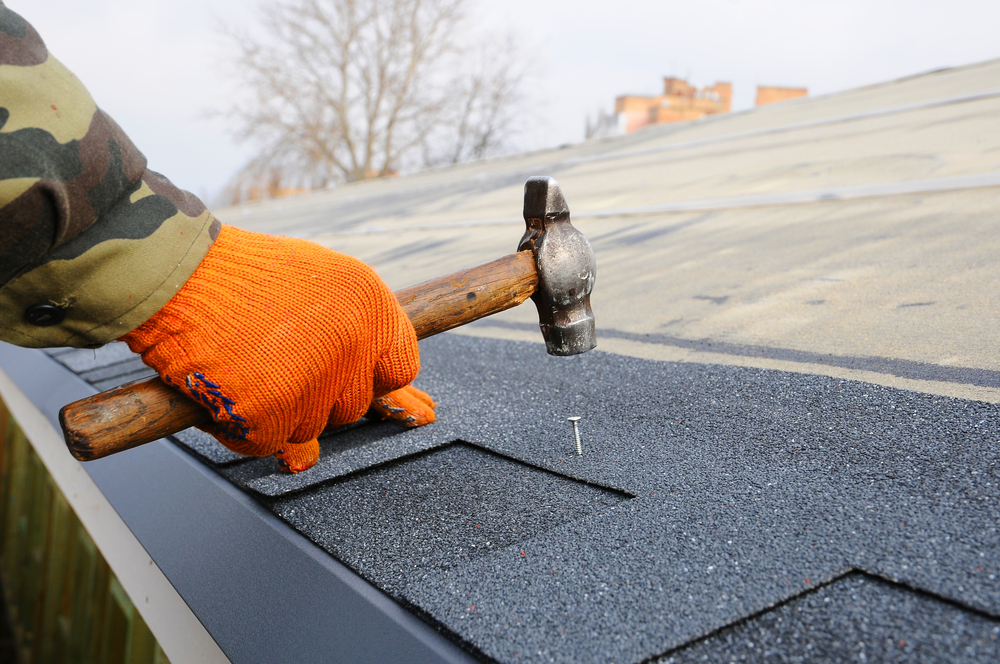How Often Do Roofs Need to Be Replaced? Find Out Here

How Often Do Roofs Need to Be Replaced?
Roofs are such an important part of our home, yet we typically don’t pay much attention to them until something goes wrong. Being proactive about the health of your roof is a great way to make sure it lasts a long time while also planning ahead for its replacement.
So, how often do roofs need to be replaced? We dive into the answer, including a discussion of what impacts your roof’s longevity, below.
How Often Do Roofs Need to Be Replaced?
Asphalt roofs, one of the most common roofing materials, typically need to be replaced every 20 to 25 years. This is the estimated lifespan for roofs that were properly installed and have been routinely maintained through the years.
Signs Your Roof Might Need to Be Replaced
You’ve done the math, and you’ve realized your roof is fairly old. So, how do you know it might be time for your roof to be replaced? Here are a few signs to look out for:
- Damaged shingles that are loose, cracked, curled, or buckled
- Leaking and other visible signs of water damage
- Mold and rotting shingles
- Extreme discoloration
- Missing shingles
- Sagging portions of your roof
If your roof is showing any of these replacement signs, contact our roofing experts at Standard Supply & Lumber to discover high-quality roofing materials for your home.
What Impacts the Longevity of My Home’s Roof?
Understanding the factors that impact the lifespan of your home’s roof will help you maintain it for as long as possible while also making the right material choices in the future.
Factors that impact the longevity of your roof include:
- Material: Due to labor and material costs, installing a new roof is already an expensive undertaking. However, the quality of the materials you choose will have the biggest impact on the lifespan of your roof. While it’s an expensive investment, the choices you make can help save you money in the long run.
- Climate: The climate and frequency of extreme weather in your area will help decide the fate of your roof. For example, living in a wooded area will create a more moist and shady environment that can contribute to mold buildup. On the other hand, living on the lakeshore can make your roof more susceptible to fading from the sun and continual wind exposure. Severe weather like hail and extreme amounts of snow can also impact your roof’s longevity.
- Quality of Installation: Who you hire to install your roof is one of the most important factors in determining its longevity. Roofs that are installed during bad weather with poor nailing techniques and inadequate attic ventilation will have an expected shorter lifespan.
- Ventilation of Your Attic: Inadequate ventilation in your attic means that your home and roof are not properly breathing, or letting out trapped hot and cold air. This will drastically impact the lifespan of your roof in a negative way because it will cause your shingles to curl and crack.
These are important factors to consider when determining how long your current roof will last and making decisions about your new roof.
Get Roof Replacement Materials at Standard Supply & Lumber
Now that you know how often roofs need to be replaced, you can make the best decision for your existing roof while also planning ahead for when you will need a new roof. Our experts at Standard Supply & Lumber are here to help make this stressful time easier.
Contact us today to learn more about the different roofing materials we offer from trusted suppliers like GAF, CertainTeed®, and Standard Zeeland Roofing & Siding.

